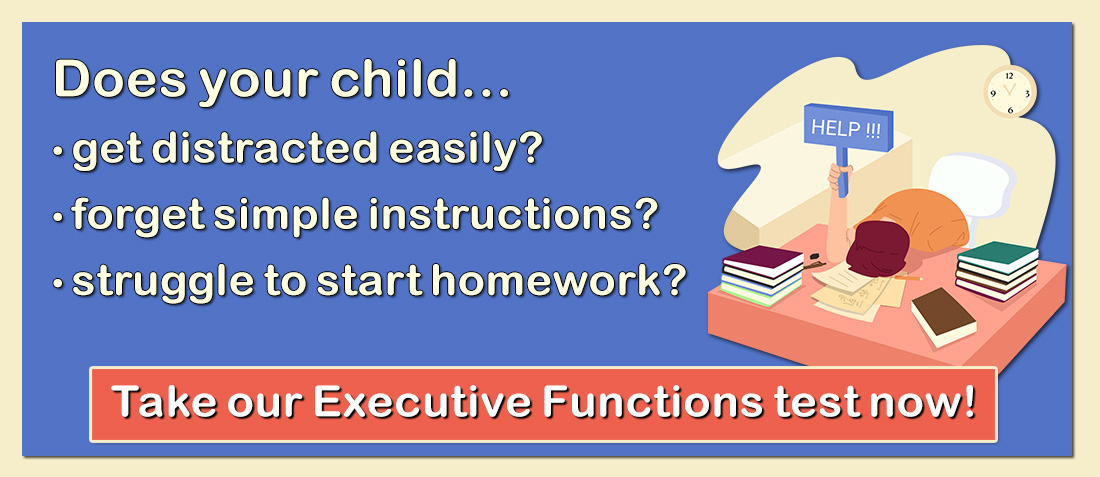Difficulties with writing is often a core symptom of kids who do not like school. One of the most disheartening observations that I have in my clinical practice is when I meet with students who given up on school because of their frustrations with writing. The vast majority of these children are extremely capable, able to express themselves readily across many areas of their life, and are in fact very interested in learning. However, since school demands so much of them in the form of writing, and this is a task that they find to be incredibly arduous, they simply feel negatively about themselves and often report hating school.

If we could simply get them to be able to overcome the obstacles that they encounter when doing written assignments, they would be able to improve their writing skills and they would find school to be a far more engaging and fulfilling opportunity for learning. There is a sizeable portion of students for whom the biggest obstacle to improving their writing is the simple process of handwriting.
Handwriting impediments primarily come in two forms. The first group includes those children who simply have very poor handwriting and fine motor skills. Often times, you will find a parent or close relative who also “writes like a doctor,” or that nobody can read their writing. As a result, these children have been criticized for their handwriting and find it to be very difficult to be able to write neatly. In all likelihood, these children never enjoyed coloring as preschoolers, and may dislike art and other activities that involve fine motor skills. While with great effort, they may be able to write legibly, they need to use so many of their cognitive resources to do so, that they may forget what they wanted to write about or tire quickly.
The second group includes those for whom writing is a very slow and arduous process. They may have great ideas but write so slowly that their working memory and organizational resources cannot keep their thoughts in mind long enough to get them onto paper. These children can often be identified by their low scores on neuropsychological tests of processing speed. They often need to spend two to three times the amount of time their peers would spend on the same assignment.
While we can teach both of these groups to modestly improve their skills at writing more neatly and efficiently, I believe that that is a major waste of time. The fact is that in todays digital world, they will never be using cursive handwriting in their higher educational or vocational lives. Everything that needs to be produced in written form will be done on a screen and perhaps printed onto a piece of paper. It is far better to preemptively teach these children to become excellent typists than expend hours of practice to achieve “readable handwriting.”
Unfortunately, some of the same fine motor skills that are required for efficient and legible handwriting are those that may be used in typing as well. Nonetheless, it is far better to spend the time encouraging these children to learn to type rather than to marginally improve their handwriting. We strongly suggest that this start early rather than forcing a child to spend more and more time learning cursive in their elementary school years. We suggest immediately taking these children (as young as the age of 7) and providing with the technology and training to become excellent typists. Most importantly, once struggling writers become competent typists, they will often avoid many of the frustrations that they would encounter were held to the old standards of handwriting.
The key is helping them to become not only competent, but excellent typists who will be able to use these skills to process information quickly, help them to organize their written thoughts, and aid them in overcoming difficulties with working memory that is often exacerbated by slow handwriting. While it would be wonderful to think that simply becoming a good typist will transform a frustrated, alienated student into a motivated writer, this strategy will only work for some students. But there is no risk in trying and the worst that happens is the students become faster typists, texters, and more comfortable with keyboards.
Receive online class information and helpful tips from Dr. Randy Kulman's LearningWorks for Kids |



